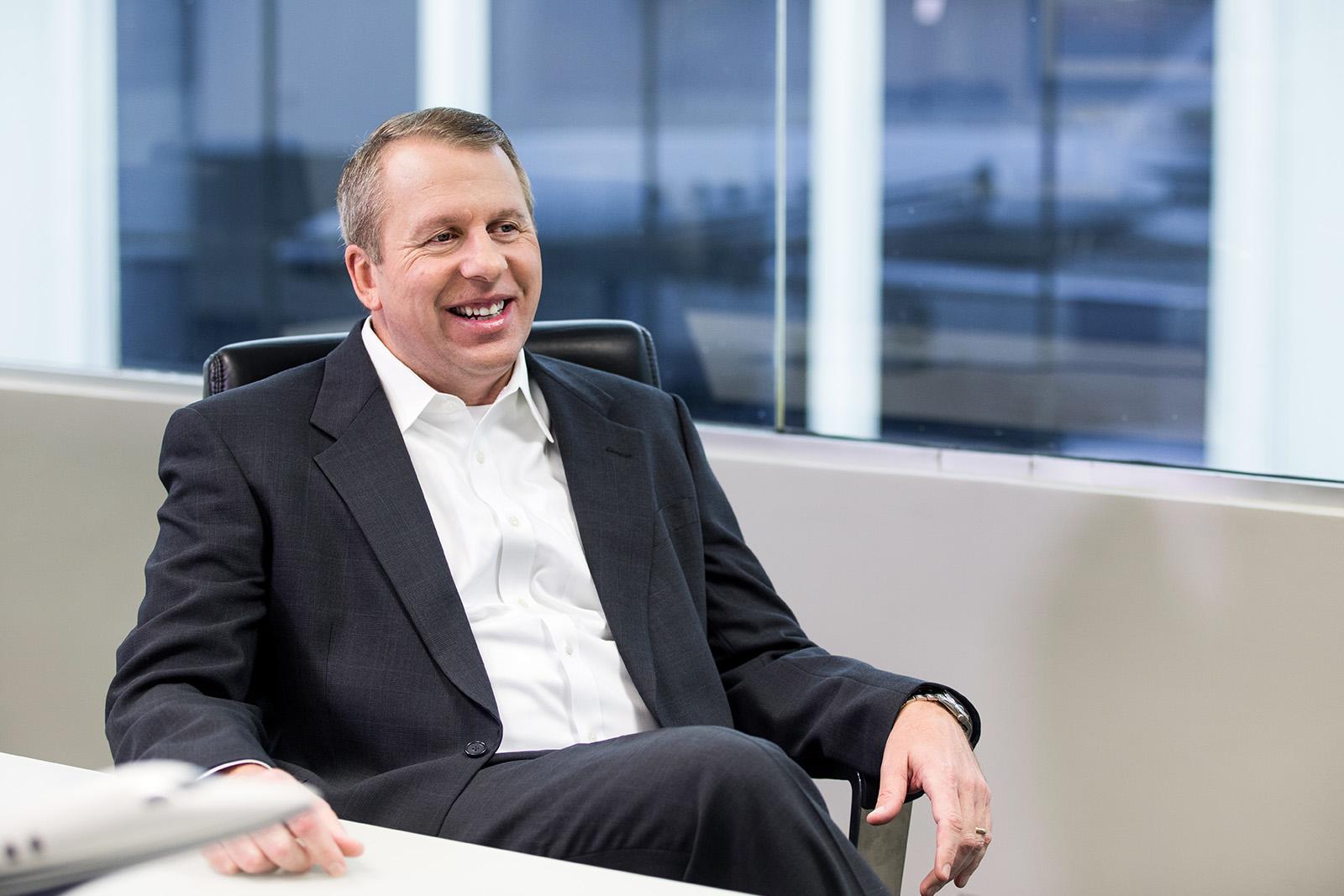Sounding Board: 5 Min. With Ron Draper, Textron Aviation President And CEO

Ron Draper took over as president and CEO in 2018, after serving most recently as senior vice president of integrated supply chain. According to LinkedIn, Draper, a former Captain in the U.S. Army, began his career at Cessna Aircraft Co. in 1999 as director of supply chain management before assuming the position of director of procurement at Bell Flight as director of procurement. He then served as vice president of integrated supply chain at Textron Specialized Vehicles, before rejoining Cessna in 2011 as director of production control and logistics.
What is Textron Aviation seeing in the market today?
We’re really seeing a continued strong market. Of course, we all have an eye on the stock market and inflation and those negative indicators. But our market continues to be strong, really, around the world. [Flying continues to be up. Flying this year is probably flattish [compared] with last year, but that is 15-20% above pre-COVID levels. [There is] good momentum in Europe and Latin America and in Asia. We see those flight hours at a high level, and we see continued demand in excess of supply across the industry.
With the increase in interest rates and economic uncertainties, do you foresee any softening in demand?
I have no earthly idea where the economy is going, nor am I going to try to predict. Obviously, we’re planning for all scenarios. [Do] we see a softening happening? How we prepare as a company for that. Do we see continued strength in the market today? We’re prepared for both scenarios. We’re not afraid of a softening at all. Production levels in the industry are fairly low. We’re not too far above some of the low years of [2015], ’16 and ‘17. It’s nothing like [2008], where Cessna alone was building 450 jets and the whole thing collapsed, and three years later, Cessna built 140 jets. The whole industry is only building 600 or 700 jets. We do see backlogs growing. Everybody’s seeing that in the industry. That’s changing the nature of the conversations a little bit now when customers have to wait a year and a half, two years, or longer for an airplane. But I really feel like the demand is still strong out there. We’re seeing that.
What are you experiencing as far as new entrants to business aviation?
We continue to see new customers coming in as we’ve seen for the last year and a half or two years. We’ve talked about new entrants into the segment, really, across all product lineups but particularly focused on entry level like M2, [where] we’ve seen a large percentage of those airplanes going to new concept customers coming into the marketplace.
Every company is facing supply chain challenges today. How are you dealing with them?
We’re seeing supply chain issues–really all industries are seeing supply chain challenges. I’m proud of how our team is managing through that, minimizing any impact to our end-customers and minimizing the impact to our own production facilities. We have long adopted a vertical integration strategy. I think that strategy has played out well for us in recent years. We did not move our supply chain to Asia. We’re mostly North American-based in our supply chain, with some Europe in there. We build most of the structural content.
This is why we bought an interior manufacturing facility a number of years ago to bring that in-house. We can control the price, the quality and the production. . . . More recently, we announced the acquisition of an actuator supplier who was a supplier to us. Their name was Mistequay at the time. We have now acquired them. They are now a factory for us. . . . We’ve renamed that AeroMotion. That factory is already proving very, very beneficial to us in the design, certification and manufacturing of actuators to service our products. So, the supply chain issues really have stabilized, I feel, like across the industry. They’re not getting worse, but we’ve got some days ahead before they significantly return to pre-COVID levels of performance.
Workforce shortages are global in nature. How is Textron Aviation coping?
We’ve hired a couple thousand people this year, because we’re growing. We’re increasing service, we’re increasing production. I think we’re working through that pretty well by really selling our culture. If you want to retain a world-class workforce, it’s got to be a great place to work. Our focus on culture the last few years has created that environment here. And even though it’s a hot jobs market, we’re really, really proud of the team we’ve built and the retention of that high performance work team.
You mentioned pay raises. What did you do in that area?
We’ve been doing a lot of hiring. We recently announced a pay raise to go along with that. We raised our starting pay for all, even no-skill folks coming in at a minimum salary of at least $20 an hour starting. We gave all our skilled technicians in our service centers, in our factories, pay raises as well. This is on top of the normally scheduled pay raises they were getting. They got an additional pay raise on top of that because they drive real value for our customers. And they’re feeling it in their pocketbooks every day the inflation that we’re seeing. That’s been well-received with our workforce and is adding to [the] already strong recruiting message that we have.
